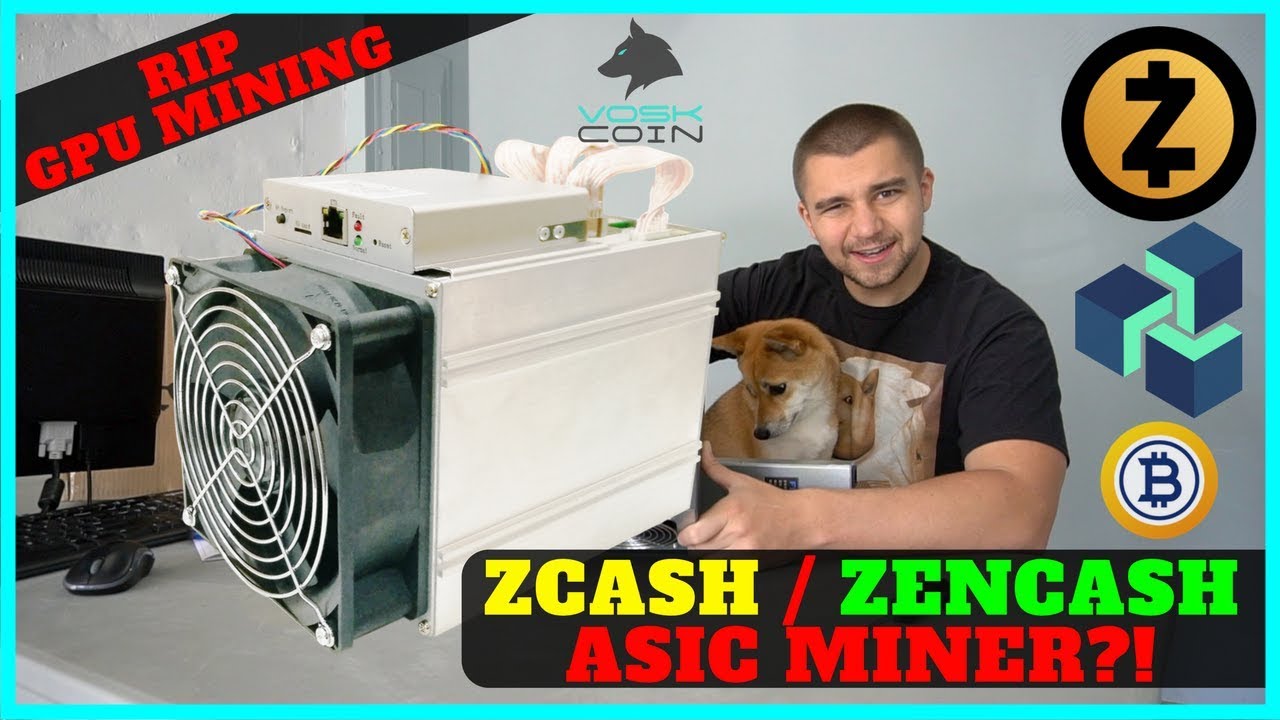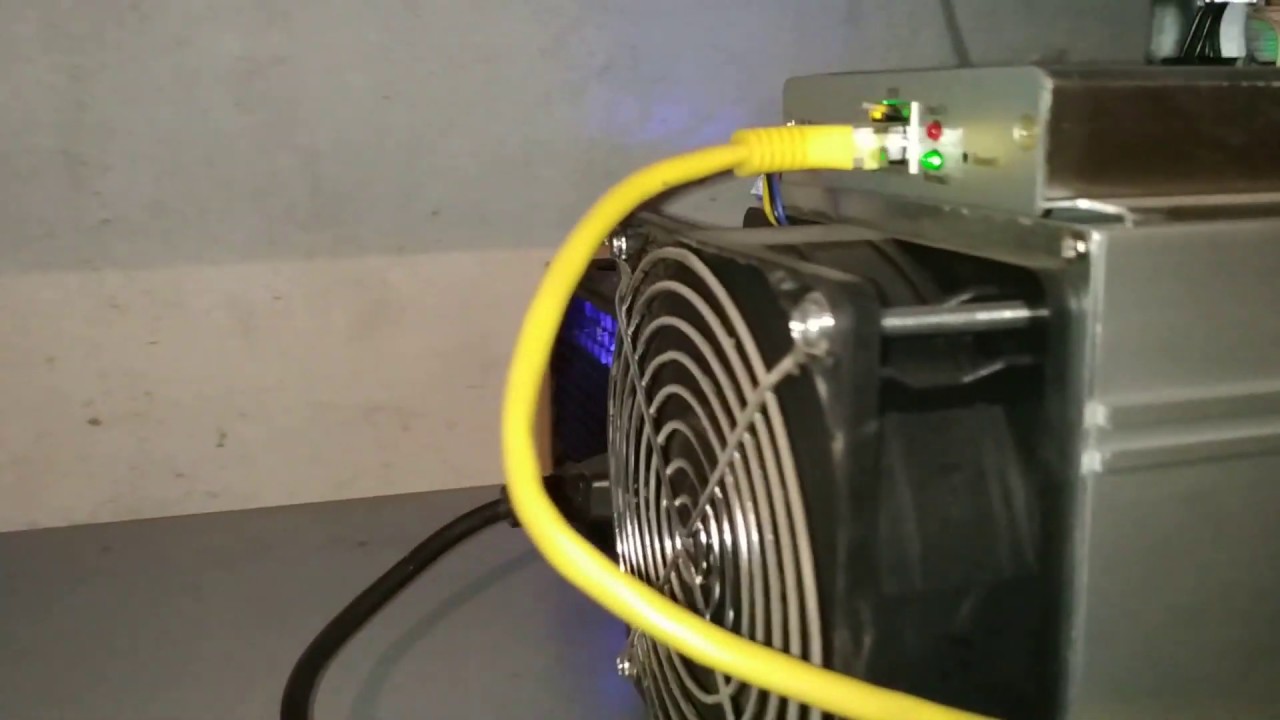Bitmain Antminer Z9 Mini – A 10,000 Sols Equihash Miner

Bitmain Antminer Z9 Mini Review & Critical Analysis: Can a 10,000 Sol/s Equihash ASIC Still Rewrite the Rules of Crypto-Mining?
Introduction
“Antminer Z9 Mini” – the very phrase still provokes an equal mix of excitement and trepidation in the mining community. When Bitmain unveiled the pocket-sized 10,000 Sol/s Equihash machine in mid-2018, enthusiasts instantly recognized how disruptive a sub-$2,500 ASIC could be compared with sprawling GPU farms. Five years later the unit remains a reference point for every conversation about algorithm dominance, decentralization, and return on investment (ROI). In this specialized 2,000-plus-word review we will go far beyond the marketing bullet points and YouTube unboxing hype. You will discover how the Antminer Z9 Mini actually performs under real-world conditions, what its long-term profitability curves look like, and whether the criticisms levelled by GPU purists were justified. Expect concrete numbers, historical context, expert commentary, and practical deployment tips. By the end you will be equipped to make an evidence-based decision on whether hunting for a second-hand Z9 Mini—or its modern descendants—still makes strategic sense in today’s volatile crypto landscape.
The Genesis of the Antminer Z9 Mini Inside the Equihash Ecosystem
1.1 Equihash’s GPU Heritage
Equihash, devised by academic cryptographers Alex Biryukov and Dmitry Khovratovich, was deliberately memory-hard to keep ASICs at bay and preserve mining egalitarianism. From 2016 to early 2018 the algorithm’s flagship network, Zcash, derived its security from tens of thousands of Nvidia GPUs averaging 700–760 Sol/s each. That status quo fostered a thriving cottage industry of home miners stacking GTX 1080 Ti rigs in basements worldwide.
1.2 Bitmain’s Strategic Timing
Bitmain had already dominated SHA-256 and Scrypt markets, but Equihash represented a last untapped stronghold. Engineering an ASIC that could hurdle Equihash’s high memory bandwidth requirements took longer than expected. Hence, when the company announced the Antminer Z9 Mini for shipment between 20–30 June 2018 at $1,999 (plus ~$140 for the APW3++ PSU), the shock waves were immediate. Mining forums lit up with debates on whether Zcash developers would follow Monero’s example and change algorithms to brick ASICs. Spoiler: they never did, making Bitmain’s calculated gamble pay off handsomely.
Key Insight: Bitmain sold the first batch at near-cost to flood the market early, thereby securing a moat against emerging competitors like Innosilicon and Z-Miner.
Technical Deep-Dive: Specs, Hashrate & Power Efficiency
2.1 Core Hardware Components
The Antminer Z9 Mini packs three custom BM1740 Equihash chips manufactured on TSMC’s 28 nm process. While the node seems archaic compared with today’s 5 nm offerings, the design cleverly balances die cost and thermal headroom. Each chip interfaces with two single-stack DDR3 modules providing the memory intensity necessary for Equihash’s Proof-of-Work computations.
2.2 Performance Benchmarks
Factory specifications list 10,000 Sol/s ±5 % at a wall power draw of 300 W. Independent testers consistently measured 10,200–10,600 Sol/s when voltage-tuned and cooled below 65 °C, yielding an impressive 33.3 Sol/W. By contrast, a GTX 1080 Ti at stock clocks delivers ~725 Sol/s at 250 W, or 2.9 Sol/W. The table below puts those numbers into perspective against alternative hardware.
| Hardware | Hashrate (Sol/s) | Efficiency (Sol/W) |
|---|---|---|
| Antminer Z9 Mini | 10,000 | 33.3 |
| Antminer Z11 | 135,000 | 46.5 |
| GTX 1080 Ti | 725 | 2.9 |
| RTX 3070 | 830 | 3.1 |
| Innosilicon A9+ | 120,000 | 40.0 |
| CPU (i9-12900K) | 65 | 0.3 |
Warning: Efficiency alone does not guarantee profitability; electricity tariffs and network difficulty are equally decisive.
Economic Viability & ROI Modeling
3.1 Acquisition Cost versus GPU Rigs
Purchasing a brand-new Antminer Z9 Mini plus PSU set a miner back roughly $2,100 in 2018. Replicating the 10,000 Sol/s hashrate with GTX 1080 Tis required fourteen cards at ~$700 each, not counting frames, motherboards, and auxiliary components—an outlay exceeding $10,000. Even with Nvidia hardware’s resale value, the ASIC’s five-to-one capex advantage was undeniable.
3.2 Network Difficulty & Payback Curves
Using historical network snapshots, the first batch of Z9 Minis generated about 0.24 ZEC/day in July 2018. At an average ZEC price of $170, gross daily revenue was approximately $40. Assuming $0.05 kWh electricity, net profit clocked in near $39, translating into a 54-day payback. However, by November 2018 the combined influx of ASICs pushed Equihash difficulty 7× higher, slashing earnings to $6/day and stretching ROI beyond 10 months. This “front-loading” phenomenon underscores a cardinal rule: the earlier your shipment batch, the steeper your profit curve.
Profitability Snapshot (July 2023): At today’s Zcash price of $31 and network difficulty of 145 MSol/s, a Z9 Mini yields ~0.014 ZEC/day or $0.43—insufficient to cover power in most jurisdictions.
“ASIC ROI is less about theoretical spec-sheets and more about batch logistics, firmware tuning, and market timing.”
– Kristy-Lee Minehan, Crypto Mining Consultant
Environmental & Operational Considerations
4.1 Power, Heat & Acoustics
With a 300 W draw, a single Antminer Z9 Mini appears tame next to 1.3 kW behemoths like the Z11. Yet its 10,000 RPM delta fan emits 70 dB, comparable to a vacuum cleaner. Continuous operation in a residential setting is thus challenging without ducting or aftermarket fan swaps. Thermal throttling kicks in near 80 °C PCB temperature, so maintaining ambient below 30 °C is advisable.
4.2 Reliability & Maintenance
Longitudinal studies conducted by large-scale farms in Sichuan indicate that about 3 % of Z9 Minis developed hashboard faults within 18 months, mainly due to VRM failures from dirty power grids. Mitigation includes installing high-quality surge arresters and performing monthly dust-blowing routines. Firmware modding via Blissz allowed undervolting to 250 W with only 7 % hashrate loss, substantially extending hardware lifespan.
- Optimal inlet temp: 10-25 °C
- Target fan speed: 5,000-6,500 RPM
- Recommended PSU headroom: >15 %
- Dust filter change interval: 4 weeks
- Annual thermal paste refresh: Yes
Market Disruption & the Decentralization Debate
5.1 GPU Miners versus ASIC Operators
The Antminer Z9 Mini ignited one of the fiercest ideological battles in crypto-mining history. GPU miners argued that ASIC concentration endangers network security by centralizing hashpower among capital-rich entities. ASIC proponents counter-claimed that specialized hardware provides higher security per watt and disincentivizes 51 % attacks by raising the cost of entry.
5.2 Developer & Community Responses
The Zcash Foundation ultimately chose not to fork, opting instead to monitor ASIC influx. Conversely, Bitcoin Gold adopted a fork to Equihash-BTG (144,5) as a defensive move. This divergence highlights how the Antminer Z9 Mini became a litmus test for project governance. The ongoing Chia and Flux communities continue to weigh similar decisions, proving the debate is far from settled.
- Initial shock & social media backlash
- Petitions for algorithm change
- Core dev discussions on mailing lists
- Economic impact assessments
- Testnet forks and community votes
- Mainnet implementation (or rejection)
- Long-term hashpower monitoring
Strategic Purchasing & Deployment Guide
6.1 Navigating Supply Chains
Because Bitmain adopted a batch-sales model with Chinese export customs, shipping slots dictated ROI far more than MSRP. Today the secondary market on Telegram and ASICtrader lists Z9 Minis for $80–$120. Savvy buyers request hashboard photos with timestamped GUI screenshots to verify performance before escrow release.
6.2 Farm Integration Best Practices
Deploying dozens of Z9 Minis inside a mid-size facility requires designing airflow corridors that exploit their front-to-back topology. Daisy-chaining four units per PDU circuit is safe at 120 V only if derated breakers are employed. DHCP reservations and mass-flash scripts (AutoNOMS) simplify fleet-wide firmware updates.
Deployment Checklist: Voltage stability >230 ± 5 V, dedicated 2P breakers, metal shelving with 20 cm clearance, remote temperature probes, encrypted management VLAN.
Frequently Asked Questions
1. Is the Antminer Z9 Mini still profitable in 2024?
Only if your electricity rate is below $0.03 kWh or you secure nearly free power (e.g., flare-gas sites). Otherwise the machine currently mines at a marginal loss.
2. Can the Z9 Mini mine anything besides Zcash?
Yes. Any cryptocurrency using the original Equihash 200,9 variant—Horizen, Komodo, Hush—can be mined, though liquidity varies.
3. How loud is the unit in decibels?
Stock fans register 68–72 dB at 100 % duty, unsuitable for bedrooms but manageable in a garage with doors closed.
4. What firmware offers the best performance?
Blissz’s 1.02c remains the community favorite, enabling manual frequency scaling and autotune features that can squeeze 12,000 Sol/s at 350 W if cooled aggressively.
5. Does Bitmain still provide warranty service?
No. The original 180-day warranty expired long ago. Repairs rely on third-party technicians or self-reflow of faulty chips.
6. Can a GPU firmware fork render the ASIC obsolete?
Yes. If major Equihash coins migrate to a memory parameter outside 128 KB, the fixed AISC architecture cannot adapt.
7. What resale value can I expect?
Current market price hovers around $100 including PSU, primarily for collectors or ultra-low-cost power sites.
Conclusion
The Antminer Z9 Mini remains a pivotal case study in how a single piece of hardware can reshape an algorithm’s entire economic topology. We reviewed its origin, technical merits, ROI trajectories, operational quirks, and the wider philosophical controversies it sparked. Key takeaways include:
- Unmatched efficiency leap from 3 Sol/W (GPU) to 33 Sol/W (ASIC)
- Blistering early-batch ROI that evaporated within months
- Manageable 300 W draw but obnoxious acoustics
- Decentralization debates that influenced multiple network forks
- Viability today restricted to ultra-cheap power contexts
If you are contemplating a purchase in 2024, treat the Antminer Z9 Mini less as a money printer and more as a learning appliance or speculative play on future Equihash fork activity. For ongoing insights into mining gear and crypto economics, subscribe to Online Ventures on YouTube, give the original video a like, and keep the conversation going in the comments.
Credits: Analysis based on “Bitmain Antminer Z9 Mini – A 10,000 Sols Equihash Miner” by Kevin Muldoon at Online Ventures.



